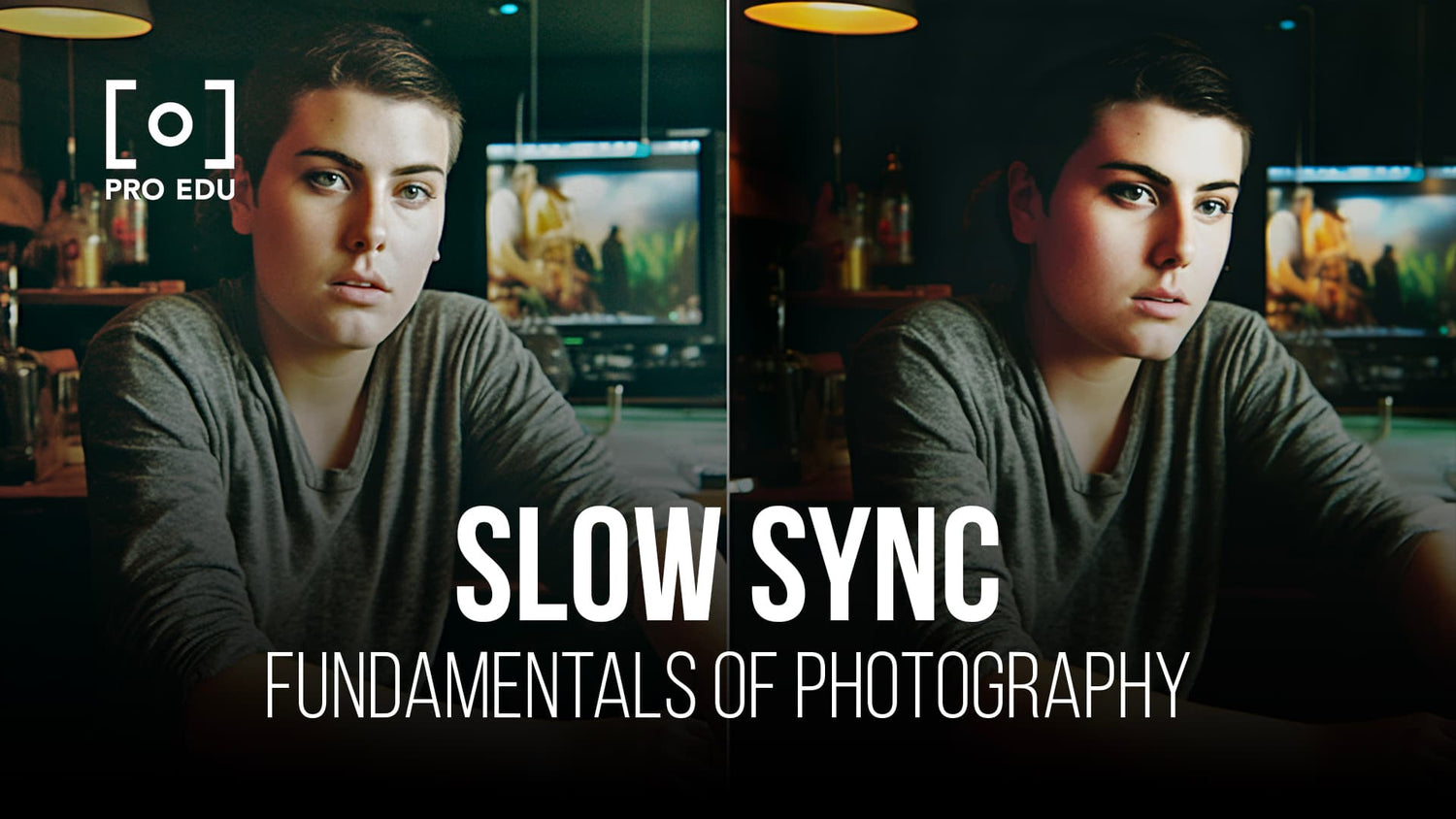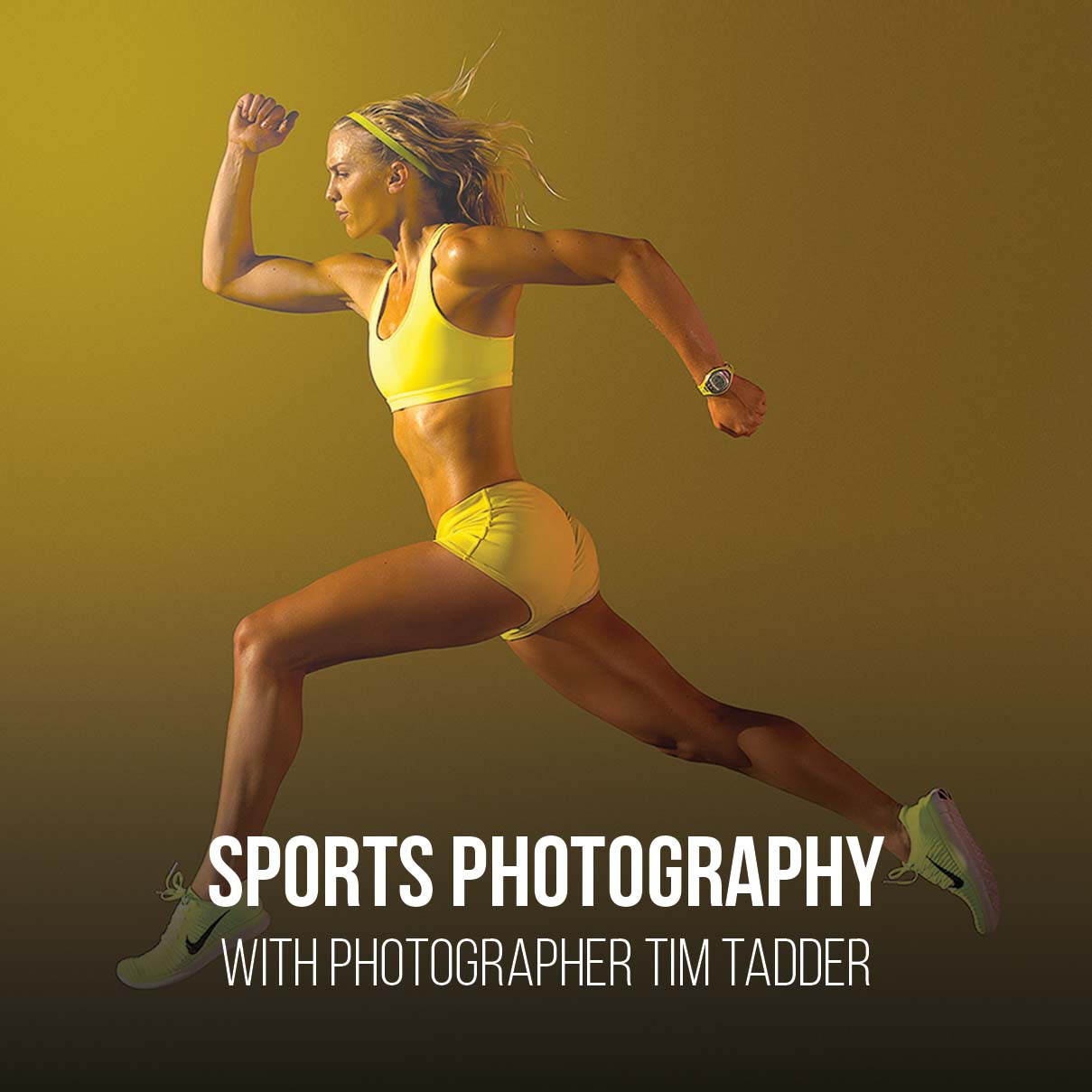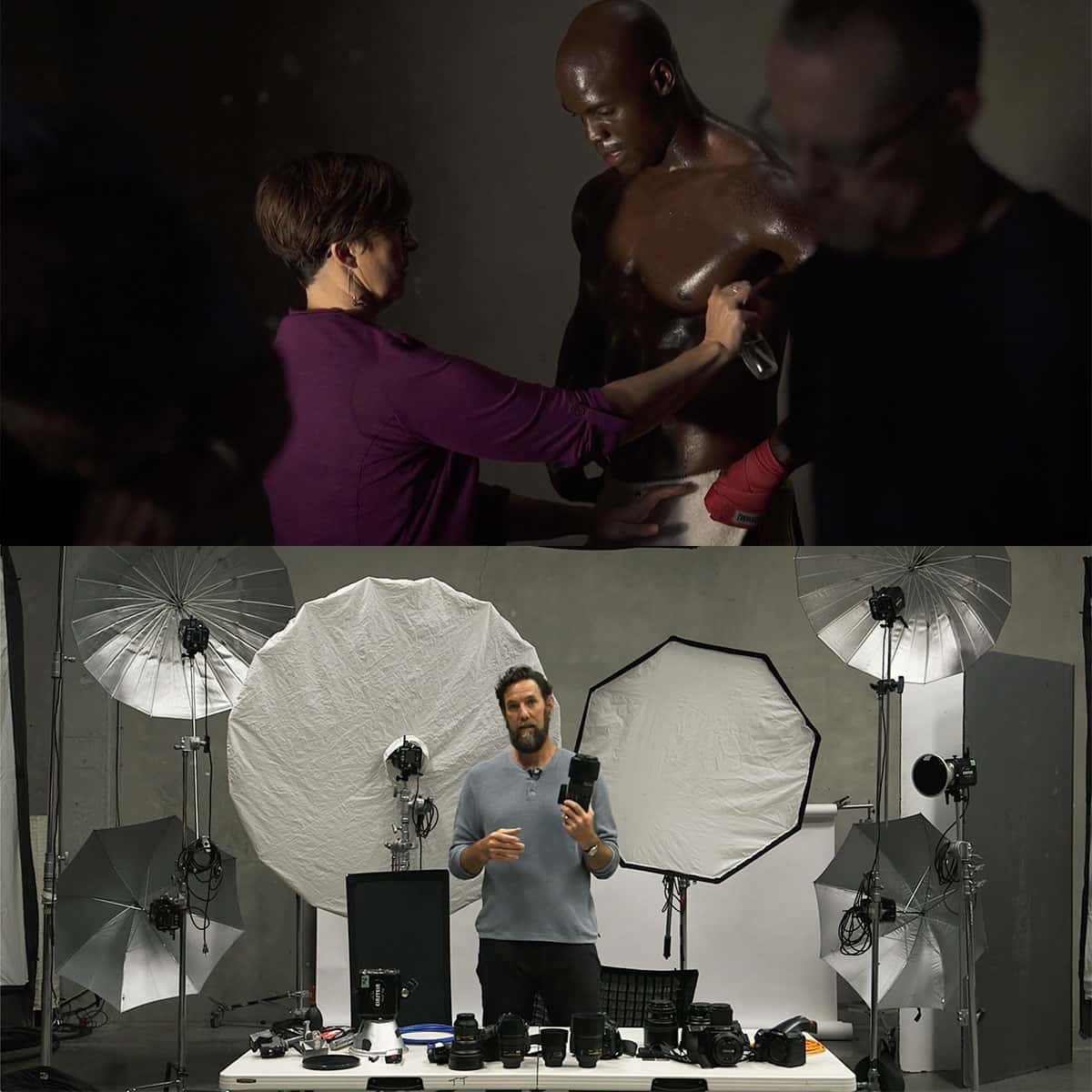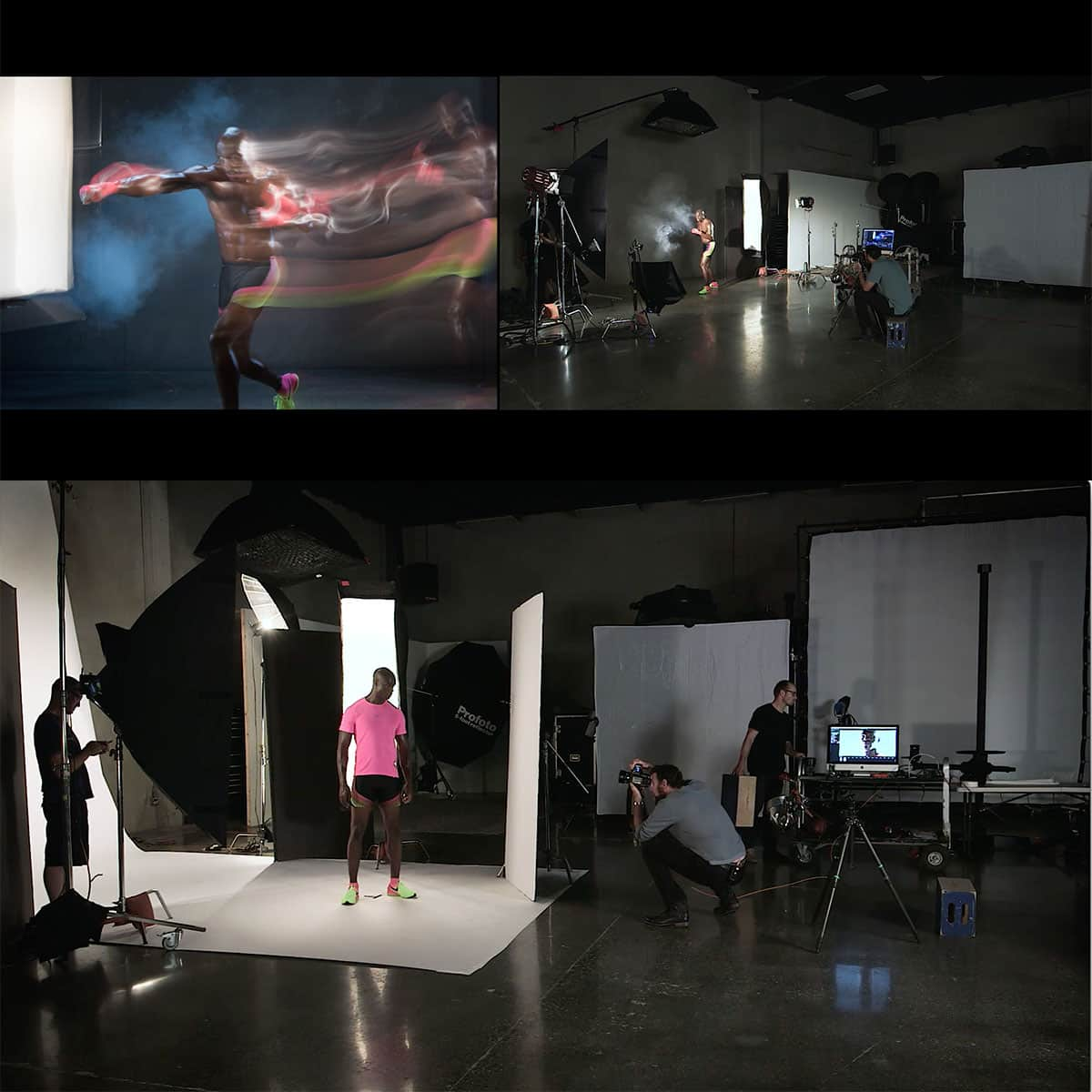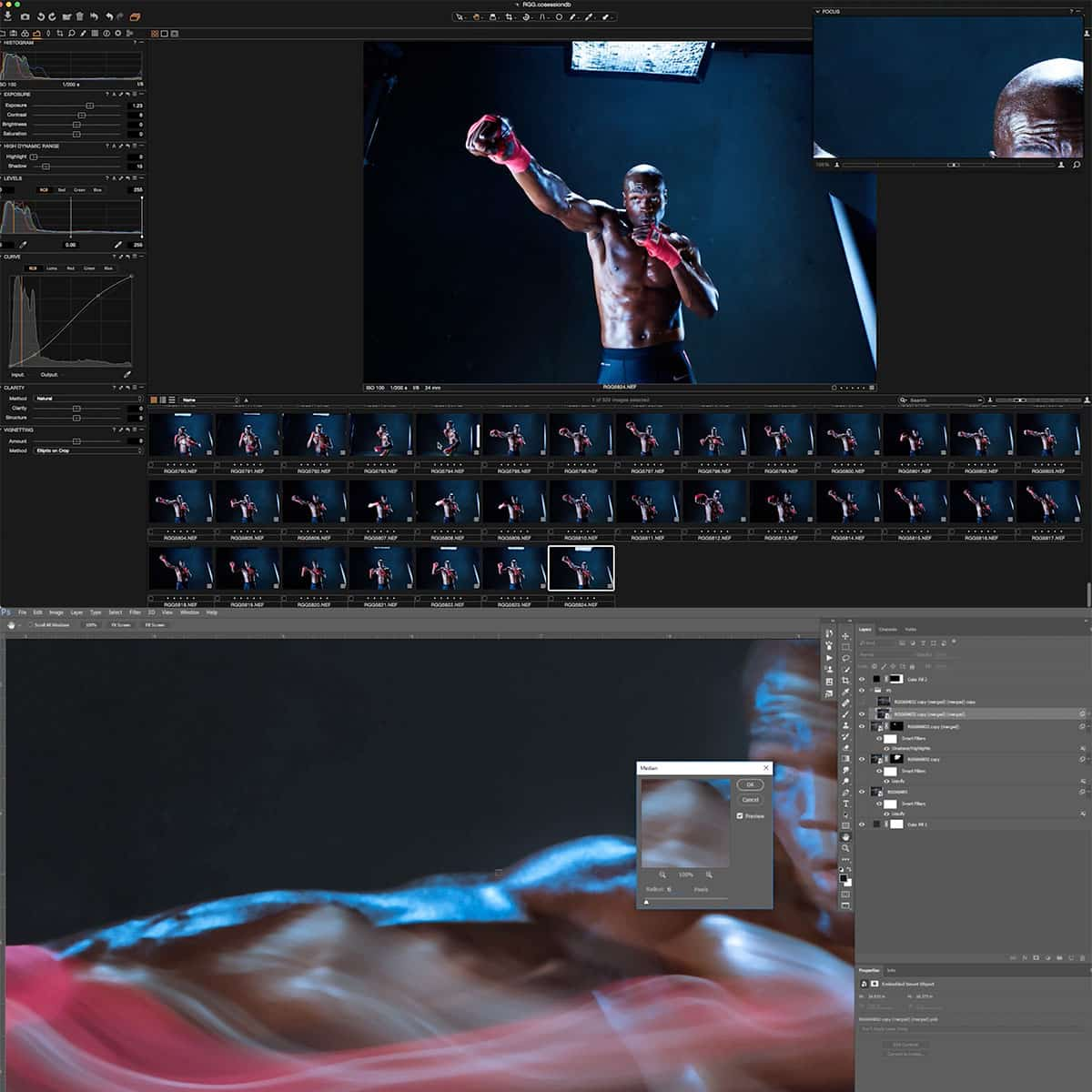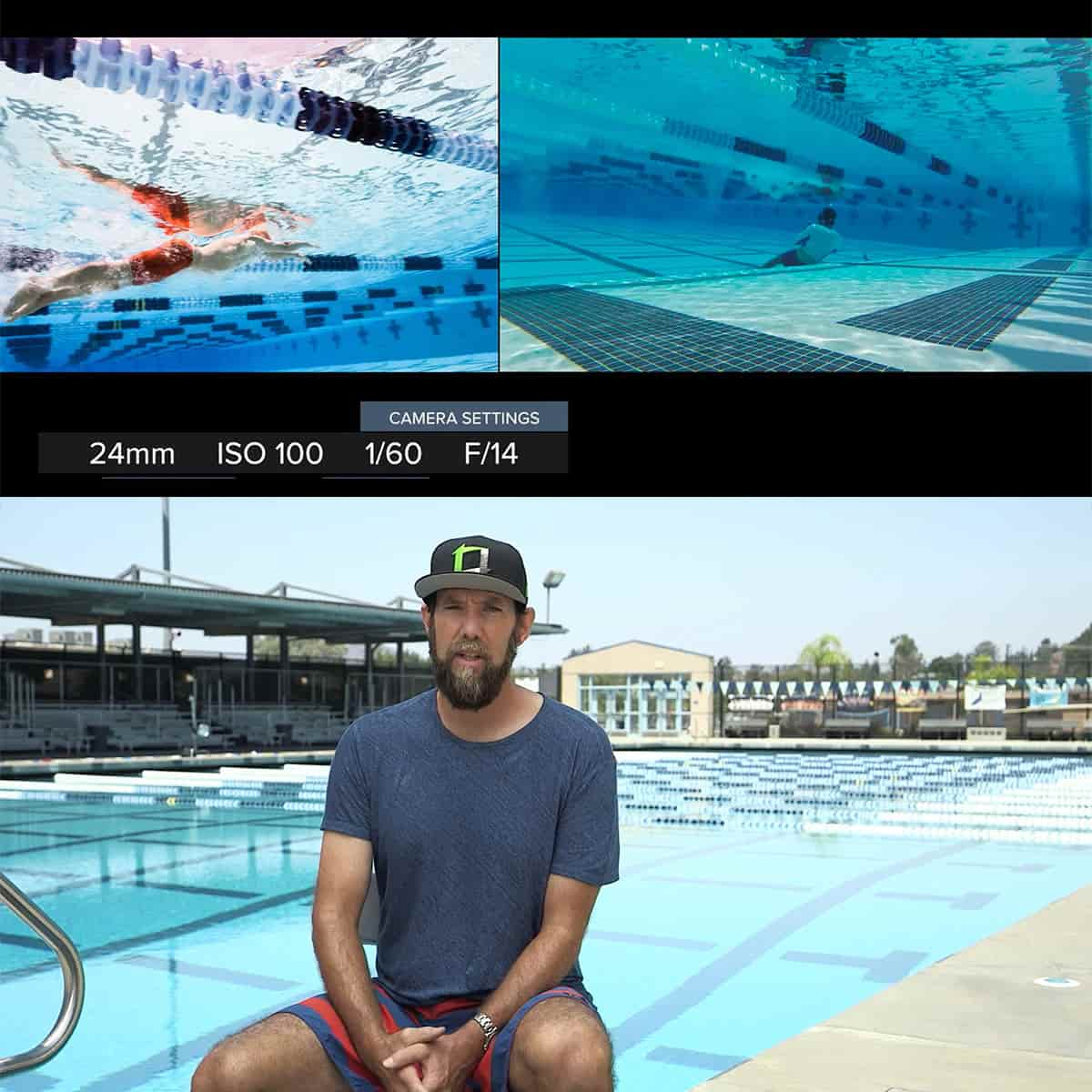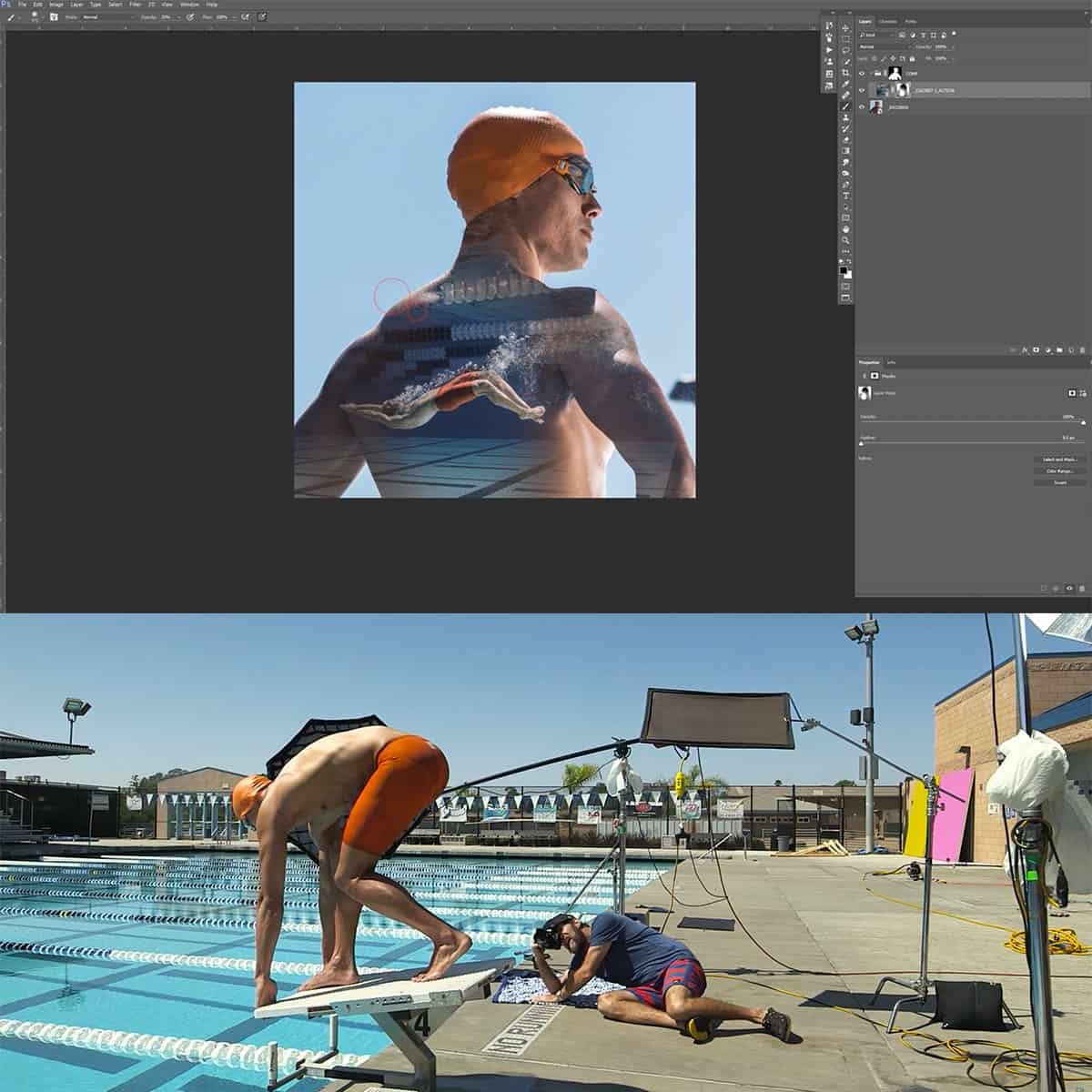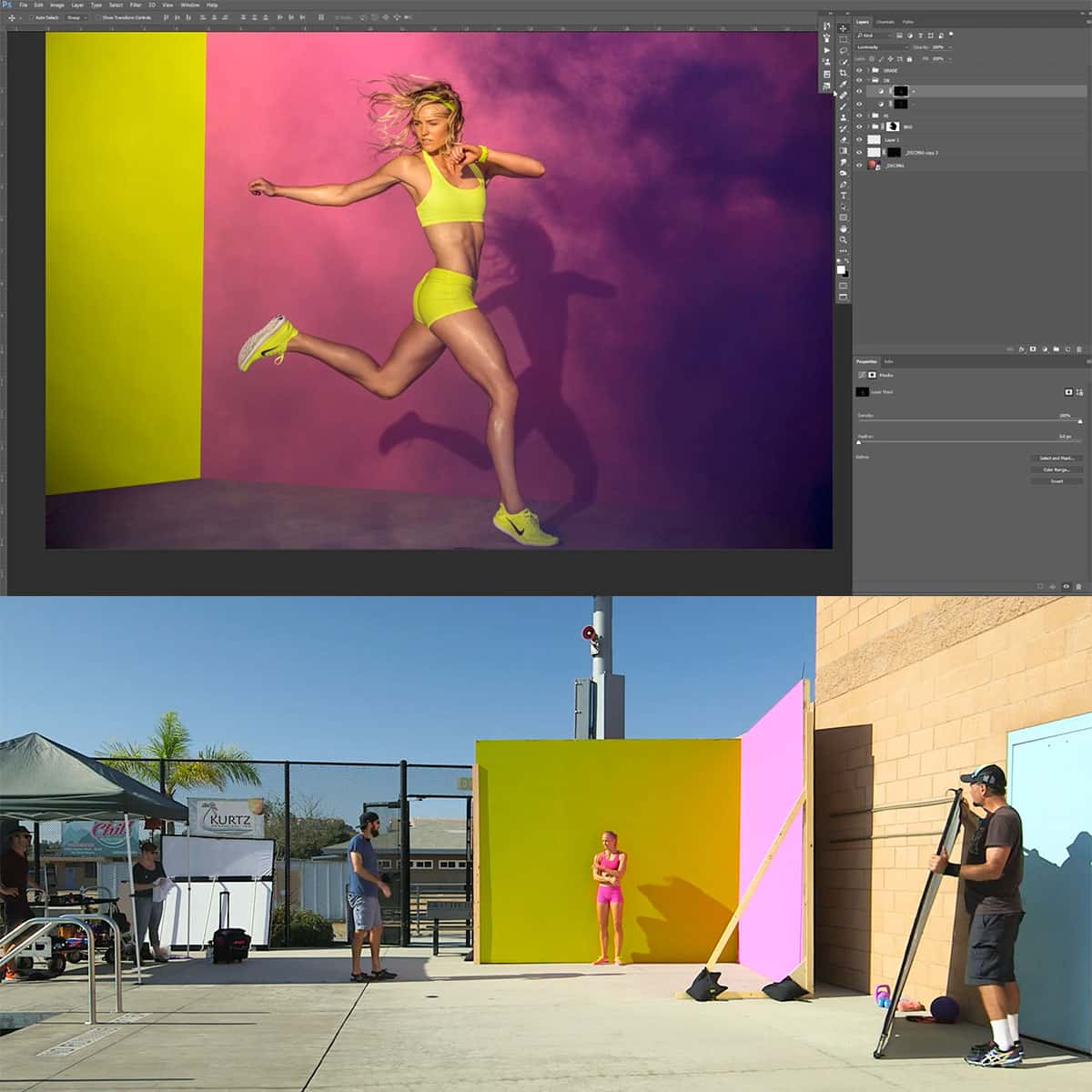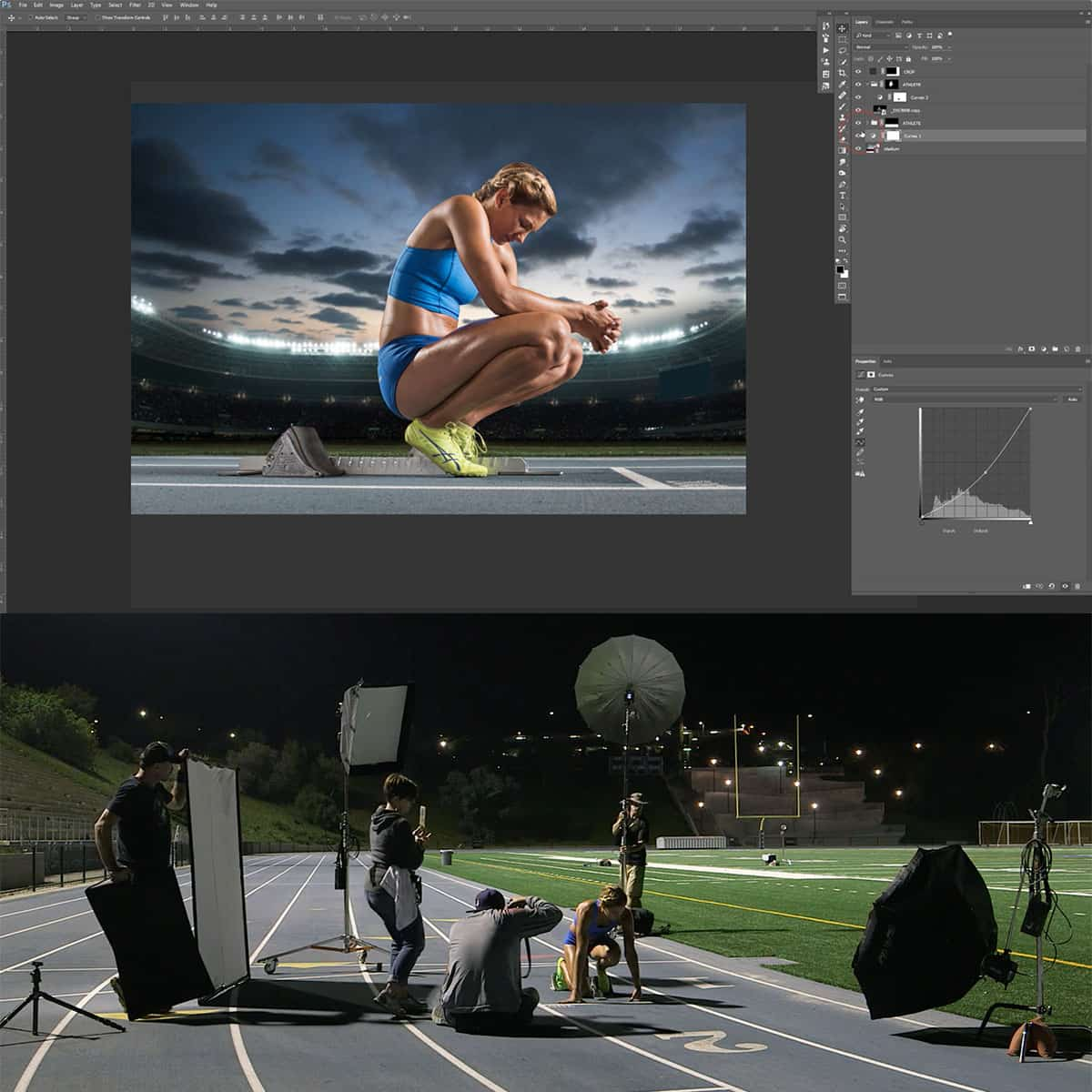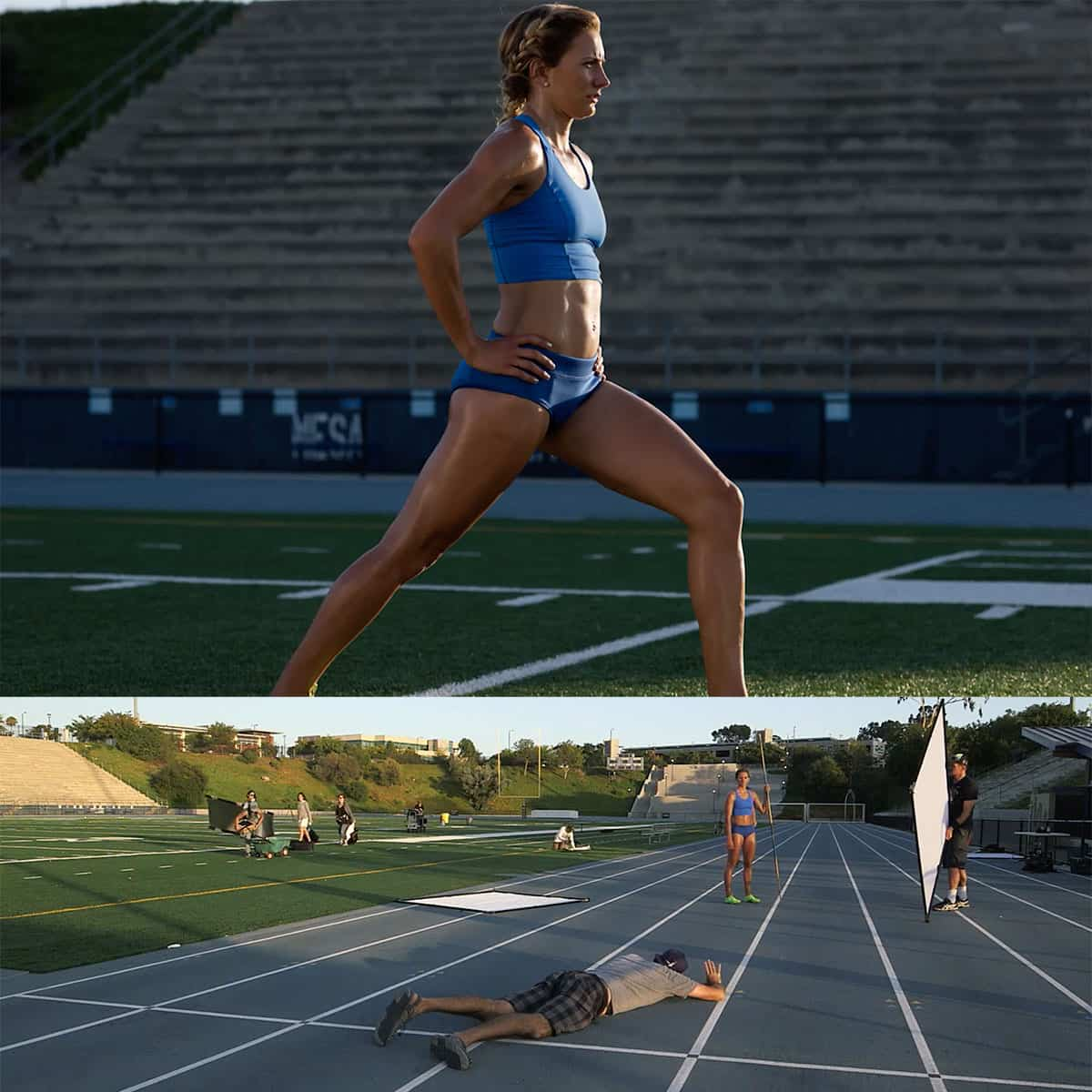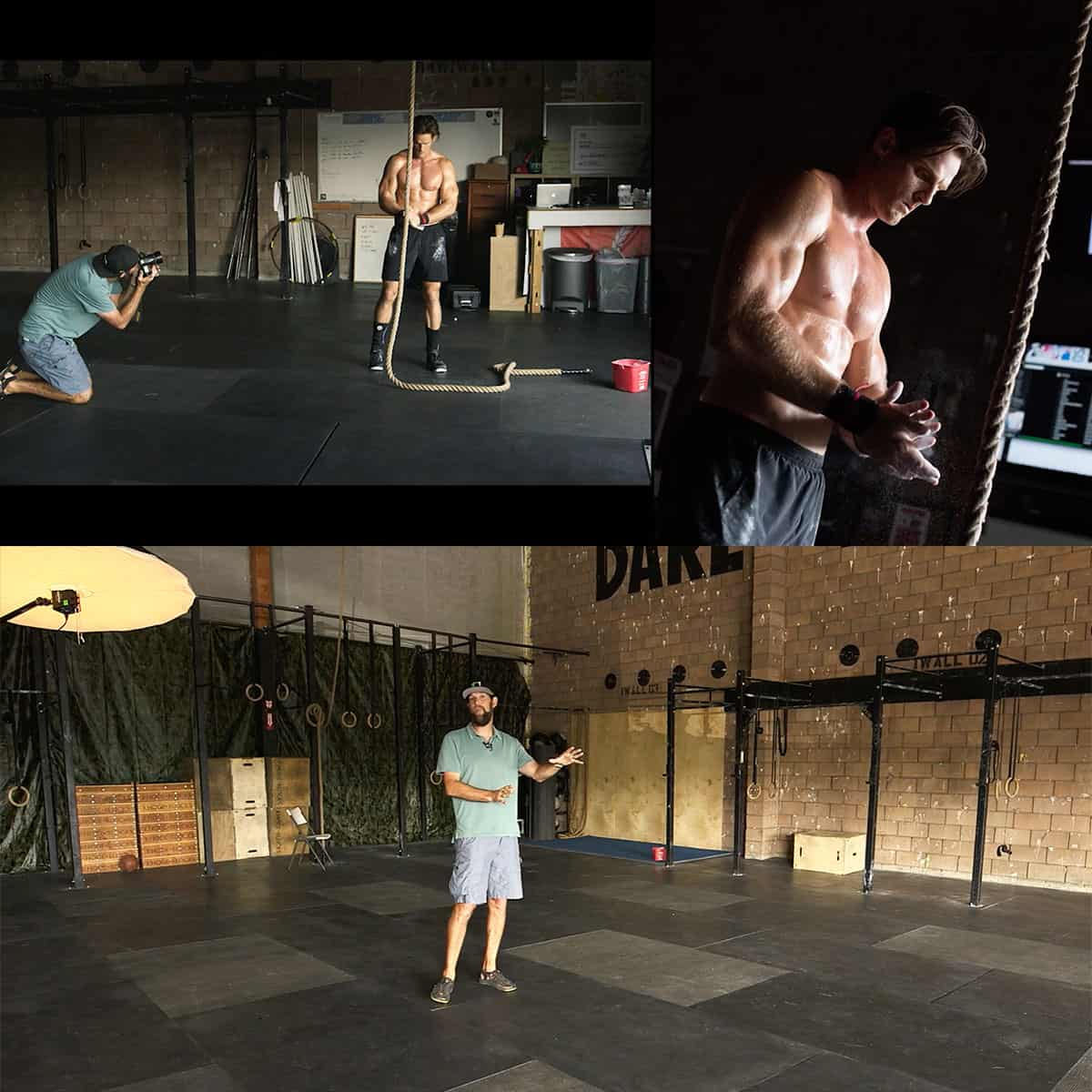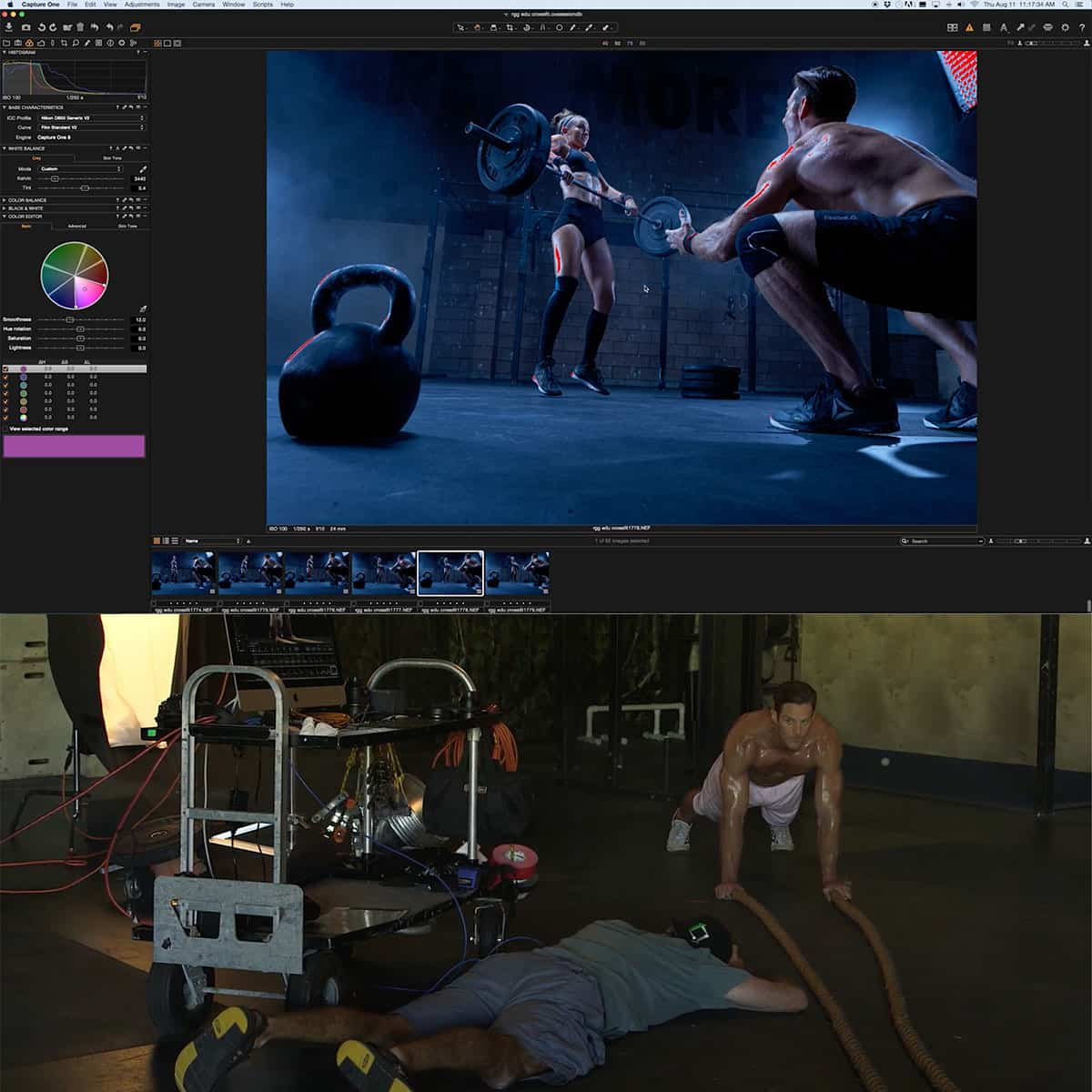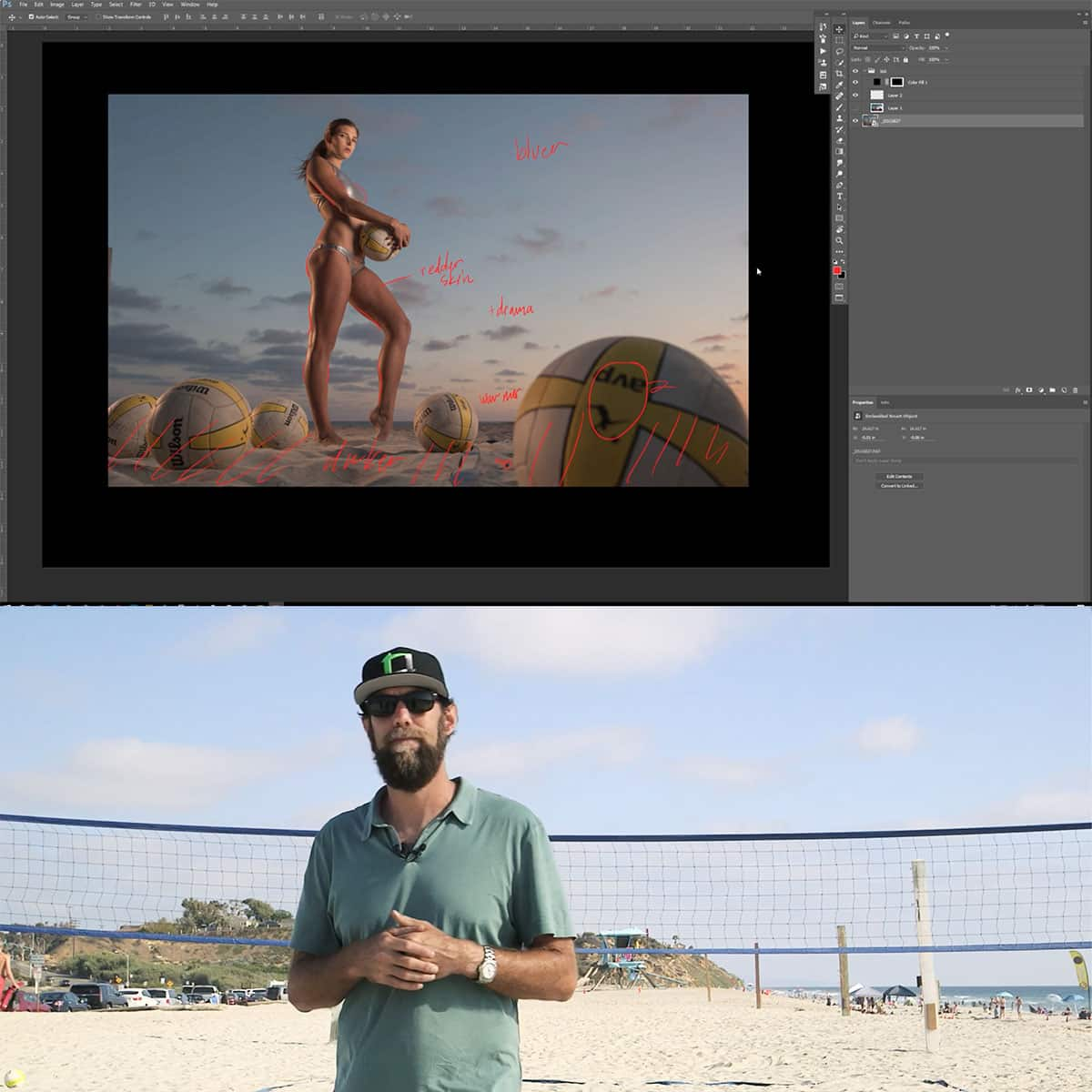Slow Sync Flash: Expert Techniques for Seamless Ambient Light Integration
Photography is often about balancing light sources to achieve the perfect exposure for a subject. When shooting in low-light conditions, a common challenge is blending the ambient light with the light from an external flash. Slow sync flash is a technique that effectively combines these two elements, helping photographers capture professional-looking images with well-lit subjects and balanced backgrounds.
Understanding slow sync flash means realizing it is not about overpowering the ambient light, but using it in harmony with flash to create optimal results. This method involves adjusting shutter speed, aperture, and ISO settings to allow for sufficient ambient light while also including flash to illuminate the foreground subject, producing effortlessly high-end images.
Key Takeaways
- Slow sync flash allows for effective blending of ambient light and flash in low-light situations.
- Adjusting shutter speed, aperture, and ISO settings helps to achieve optimal exposure for the subject and background.
- Mastering this method can open up new possibilities for creative and professional-looking images.
Slow Sync Flash Overview
Types of Slow Sync Flash
Slow sync flash is a technique that allows photographers to blend ambient light with their camera's flash while capturing images. When we use this technique, we can achieve a balance between the subject's illumination and the surrounding environment. Slow sync flash involves selecting a combination of shutter speed, aperture, and ISO that allows ambient light to enter, with the flash illuminating foreground subjects.
There are two primary types of slow sync flash that we can use with our DSLR cameras: front curtain sync and rear curtain sync. Front curtain sync fires the flash at the beginning of the exposure, while the shutter is opening. This technique is suitable for stationary subjects, but it can create motion trails in front of moving subjects.
On the other hand, rear curtain sync fires the flash just before the shutter closes, at the end of the exposure. This method is ideal for capturing movement and creating motion trails behind the moving subjects, giving our photos a sense of direction and dynamism.
Both front and rear curtain sync techniques have their strengths and weaknesses, depending on the situation. It is essential for us to experiment with these techniques to find the best approach for our photography needs. By mastering slow sync flash, we can achieve professional-looking images that effectively blend ambient light and flash, enhancing the overall appearance and mood of our photos.
Setting Up the Camera
Before diving into slow sync flash, it's essential to set up the camera correctly. First, we recommend using the manual mode to allow for greater control over shutter speed, aperture, and ISO. This mode gives us the flexibility to create the perfect blend of ambient light and flash. Remember, a slow sync flash is all about balancing these elements to achieve the desired effect.
To begin, set the ISO to a low value for better image quality. However, if shooting in dimly lit environments, it may be necessary to increase ISO levels for proper exposure. When adjusting the aperture, remember that a wider aperture (lower f-number) lets in more light, while a narrower aperture (higher f-number) allows for greater depth of field. Experiment with different combinations of shutter speed and aperture to find the right balance between ambient light and flash.
Using a tripod is essential for long exposure shots since it ensures a stable platform and reduces camera shake. The slow sync flash technique often involves slow shutter speeds to allow more ambient light into the image, making the tripod an indispensable tool for achieving sharp results.
Finally, to achieve the perfect blend, try various flash settings. Some cameras offer built-in options, such as TTL SLOW, which can be found in the flash setting menu and allows for better control over flash exposure. Adjust the flash output as necessary to create the desired effect and balance it with the ambient light.
Flash Modes and Camera Modes
Compact Cameras Vs DSLR
When it comes to flash photography, both compact cameras and DSLRs can deliver satisfying results. However, understanding the different flash modes and camera modes they offer is essential for best performance. In this section, we will discuss some of the key aspects of flash modes and camera modes when utilizing slow sync flash, focusing on TTL, rear curtain sync, program mode, and aperture priority.
Through-the-lens (TTL) flash metering is a feature available in both compact cameras and DSLRs. It allows the camera to meter the flash exposure and adjust its output accordingly. This is particularly helpful when balancing ambient light with flash, as seen in slow sync flash. TTL is advantageous because it considers the aperture, ISO, and subject distance to calculate the appropriate flash output for a balanced exposure.
Now let's consider rear curtain sync, a mode available in many DSLRs and some advanced compact cameras. With rear curtain sync, the flash fires just before the shutter closes. This mode is beneficial when shooting moving subjects in low light, as it helps to create natural-looking motion blur and freeze the subject at the end of the exposure.
When using slow sync flash, camera modes such as program mode and aperture priority mode are helpful. In program mode, the camera automatically selects the shutter speed and aperture settings, allowing users to focus on their subject and compose the shot. However, if more control over exposure is desired, aperture priority mode can be a better choice. By setting the desired aperture, the camera adjusts the shutter speed accordingly, leaving users free to adjust the flash output and create artistic effects with ambient light.
Compact cameras and DSLRs each have their unique advantages in flash photography. Compact cameras are portable and convenient, with built-in flash units ready for use. DSLRs offer more control and flexibility, with options like TTL, rear curtain sync, and camera modes, which provide a wider range of creative opportunities when exploring slow sync flash. With a little practice, we can successfully blend ambient light and flash in both types of cameras and achieve stunning results.
Mastering Slow Sync Flash
When using slow sync flash, it is essential to find the right balance between ambient and flash lighting. This technique involves using a shutter speed, aperture, and ISO combination that captures plenty of ambient light while also firing a flash to illuminate subjects in the foreground1. To achieve this balance, we need to pay attention to both timing and technique.
Motion Blur and Panning Technique
One common issue when using slow sync flash is motion blur. This occurs when the shutter is open for a long period of time, capturing motion in the subject or background. To counteract motion blur, we can use the panning technique. This involves moving the camera in tandem with the subject, creating a blurred background while keeping the subject sharp2.
Underexposing and Getting the Right Balance
Sometimes, slow sync flash can lead to underexposure of the background. To avoid this, we should experiment with various shutter speeds and apertures to find the perfect combination3. In general, slower shutter speeds will capture more ambient light, while a higher ISO will increase the overall brightness of the image. Experimentation will help us get the right balance and create stunning photographs.
In conclusion, mastering slow sync flash requires practice, experimentation, and attention to detail. By understanding motion blur, panning technique, and the balance between underexposure and ambient lighting, we can create professional-looking and high-end photographs.
Practical Applications of Slow Sync Flash
Slow sync flash is a technique that allows photographers to take better photos in low light situations by blending the ambient light with the flash. One of the most popular applications of this technique is when capturing moments during parties or indoor events. It gives a balanced exposure of the subject and the background, making the images look more natural and professional.
In events, such as concerts, where the stage lighting is dim, slow sync flash helps bring out the true colors and atmosphere of the moment. We can achieve this by using a slow shutter speed, which allows for the ambient light to be captured, while also freezing the subject with the flash. This creates a striking and dynamic effect that showcases both the performer and their surroundings.
Another application is night mode photography, where the aim is to capture the beauty and vibrancy of a nighttime scene. Slow sync flash helps to illuminate the foreground subjects, while still preserving the natural light from the background. This technique is great for cityscapes, landscapes, and astrophotography - where the surrounding environment is as important as the subject itself.
Low light photography, such as capturing portraits, can greatly benefit from slow sync flash. The technique creates soft, natural illumination on the subject while retaining the ambiance of the environment. This can enhance the mood and storytelling element of a portrait, revealing the connection between the subject and their surroundings.
In conclusion, slow sync flash is a versatile and valuable technique for photographers looking to capture stunning images in low light environments. Whether it's a lively party, a night scene, or a mood-filled portrait, blending ambient light with flash can open up new creative opportunities and help photographers achieve memorable outcomes.
Frequently Asked Questions
What are the benefits of using slow sync flash in photography?
There are several benefits to using slow sync flash in photography. It enables us to capture well-exposed subjects in low light situations, while also allowing ambient light to register in the frame, resulting in more natural-looking images. This technique also opens up new creative possibilities such as capturing action shots with a sense of motion.
How can I effectively balance ambient light with flash in my images?
Achieving a balance between ambient light and flash involves using a combination of shutter speed, aperture, and ISO settings. We need to ensure that our camera captures enough ambient light while also firing the flash to illuminate our subjects. You can learn more about how to effectively control these variables in this guide on getting confident with slow sync flash.
What camera settings are ideal for achieving slow sync flash?
To achieve slow sync flash, you typically need to shoot in Aperture Priority or Program mode while setting your camera's TTL flash mode to "TTL SLOW." This allows the camera to blend the flash with ambient light seamlessly. Additionally, using a lower ISO setting can help minimize noise in your images. You can find more detailed explanations on how to use and understand slow sync flash.
When is it most appropriate to use slow sync flash in different photography scenarios?
Slow sync flash is most useful in low-light situations when you want to capture a well-lit subject without losing the ambient light in the background. It's also effective when shooting action shots, as it can give a sense of motion in the final image. This article answering common slow sync flash questions provides more information on when it's best to utilize this technique.
How does slow sync flash affect the exposure of an image?
Slow sync flash affects exposure by allowing more ambient light into the frame during long exposure times. The flash itself provides a burst of light to illuminate your subject, while the slower shutter speed allows ambient light to contribute to the overall exposure. This blend of flash and existing light creates professional-looking results.
What are some common challenges and solutions when using slow sync flash?
Some common challenges when using slow sync flash include camera shake, overexposure, and difficulty in finding the right balance between flash and ambient light. Using a tripod or stabilizing your camera can help counteract camera shake. Experimenting with different shutter speeds, apertures, and ISO settings can assist in finding the right exposure balance. For more tips on overcoming these challenges, check out this guide on slow sync flash.


